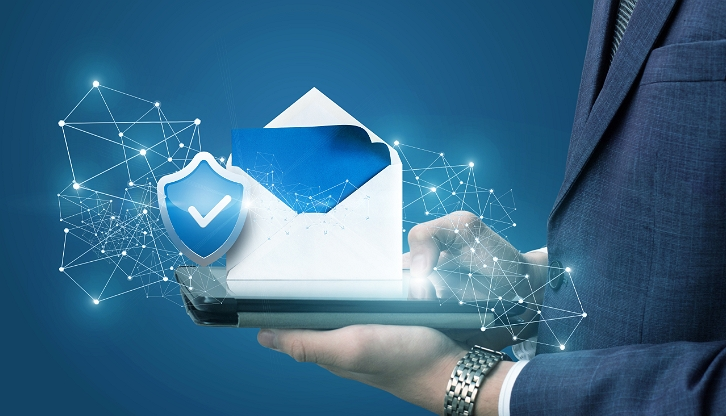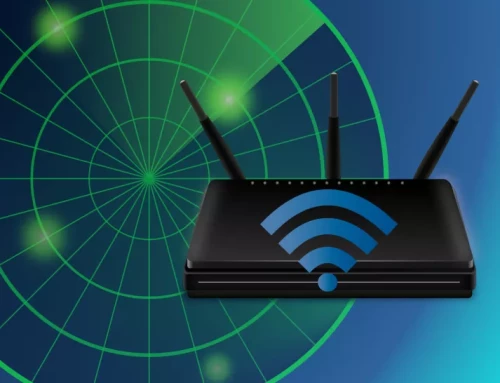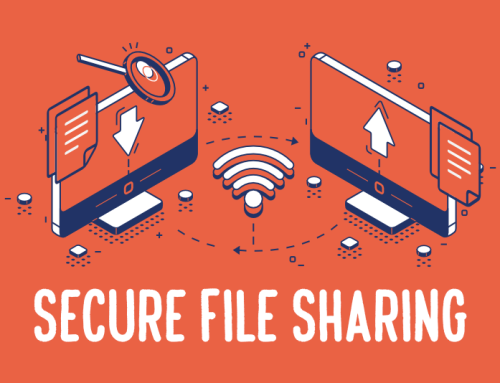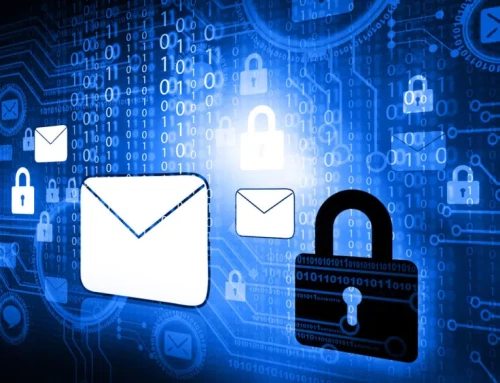Secure email attachments
Email is now a necessary form of communication for both individuals and businesses in the digital age. Email is convenient, but it also requires more security precautions to safeguard sensitive data, especially when sending attachments. This article discusses the significance of secure email attachments and offers helpful advice to guarantee privacy and data security.
The Risks of Insecure Email Attachments
Email attachments are susceptible to unauthoriz access and interception, regardless of whether they contain private documents, sensitive financial data, or private business information. Without adequate security measures, attachments may be intercept by unauthoriz parties and result in data breaches, identity theft, or other nefarious actions. Therefore, when sending and receiving email attachments, it is imperative to follow secure procedures.
Tips for Secure Email Attachments
Email attachments can be secured in one of the best ways possible by being encrypted. Only the intended recipient will be able to decrypt and access the content because encryption renders the attachment unreadable. There are many different encryption techniques, including symmetric and asymmetric encryption. You can further secure your attachments by using reputable encryption software or built-in email encryption features.
Password protection is an additional helpful measure for email attachments. Create a strong password before sending the email, then give the recipient a copy of it separately. This keeps the attachment secure even if the email is intercepted because access requires a password. To maintain confidentiality, stay away from using passwords that are simple to guess and change them frequently.
Secure File Transfer Services: Instead of adding files directly to emails, use secure file transfer services. To ensure the secure transfer of files, these services make use of strong security protocols and encryption techniques. Simply upload the attachment to the service, then email the recipient the download link. By using this approach, the chance of transit intercept is decreased.
File Compression and Archiving: Adding a password-protected archive file, like ZIP or RAR, to your attachments adds an additional layer of security. Additionally, grouping several files into an archive reduces the possibility of sending the incorrect attachment by accident. For added security, make sure the compression program you use supports encryption.
Verify Recipients and Addresses: Before sending any attachments, double-check the recipient’s email address. Email spoofing techniques are frequently used by cybercriminals to trick users into sending sensitive information to the wrong people. Verify email addresses thoroughly to avoid unintentional data leakage.
Regular Software Updates: Always use the most recent patches and updates for your security software and email client. Software updates frequently fix security flaws that online criminals might try to exploit. Your overall email security is improved, and your attachments are protected, when you update your software frequently.
In the modern digital environment, secure email attachments are crucial for maintaining data security and privacy. You can significantly lower the risk of unauthorized access to your attachments by putting encryption, password protection, secure file transfer services, compression, and verification practices into place. Additionally, by being vigilant and updating your software frequently, you can guarantee that you have the most recent security features. Keep in mind that taking proactive measures to secure your email attachments not only protects your sensitive information but also makes the internet a safer place for everyone.






